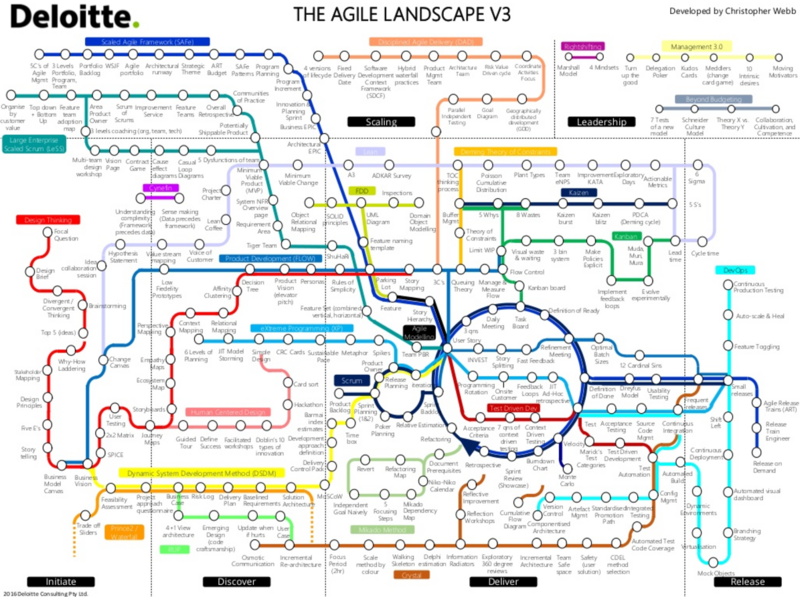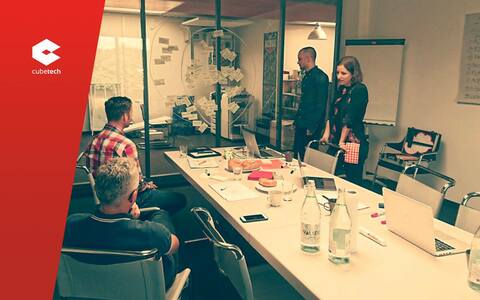Kodak saw it coming—revolution in photography they helped to create and digitalize. Yet, the business model and ecosystem they created could not change its direction. The same “revolution,” now called disruption, is coming again. It is digital and will influence all businesses. What does it mean for yours? How do you use it to your advantage? .
Let’s start with some statistics. Fifty-two percent of Fortune 500 companies merged, acquired, went bankrupt, or were gone from the list before the year 2000(1) (2). The reason was not due to a problem with the Internet and the dotcom bubble or problems with financing their services. It was due to a business model disruption. It is a “winner takes all” market. In every category, the top three players take 40%–70% profits and 40%–77% of market share. If you do not adapt, you will lose.
A transformation started withNapster and how it reshaped music industry in the ’90s, followed later with Steve Jobs introducing iPod and Spotify. Then came Hulu and Netflix taking traditionalist Blockbusters (DVD rental chain) out of business. Uber and taxis. Airbnb and hospitality industry. Skype and WhatsApp and telecoms. The list goes on and on.
The group of just four companies: Amazon, Apple, Facebook, and Google are generating wealth at a pace not previously seen. Today, only six countries in the world have a GDP greater than the market validation of those companies, as Scott Galloway, Founder of L2 Inc, and Clinical Professor of Marketing at NYU Stern points out.
Why is it happening?
Because access to the tools needed to bring innovation to the market and access to capital has never been easier. The cost to deliver a product has never been lower either. Moreover, as the cost to compete goes down for everyone, it goes down for you.
Your business will not end overnight, but the market is changing day after day. It comes to the point that either you eat (by becoming a disruptor) or be eaten (disrupted).
What do experts advise?
Adapt your business model to new times and create a stronger, better, more innovative, and open business and internal culture—one that allows you to fail but then learn from the failures and recover quickly—one that works from the top down—supporting processes of innovation from executives to the bottom—one that gives space to experiment.
How is the Agile related to all of this?
Agile was actually one of the disrupting factors—not as a particular framework or methodology but as an approach to run a project or business. In fact, Delloite Landscape of Agile shows that you can bring flexibility to your business in many different ways. shows that there is a plenty of ways to bring flexibility to your business.
With Agile, companies can deliver a product faster, test it, and adapt it to market conditions more quickly than before. It is the same tool that can help your organization get on board to both protect your business from changes and lead changes yourself. Your teams will collaborate with your clients daily to develop the best solutions for their problems.
How can you stay ahead of disruption?
Understand how digital is transforming your industry. Observe the trends. Enrich your innovation teams with interdisciplinary people, as this will bring freshness. Revise your business model. Add lean agility to your operations.
Shown below are a few examples of how “traditional” companies are adjusting to the changing situation:- Coca Cola introduced freestyle machines to the market, which allows free mixing of 100 different taste combinations
- Utility companies use predictive maintenance and sensors to increase the reliability of power networks
- One plumbing company started to install sensors for showers in hotels as well as monitoring for free; from maintenance, they enter new customers and offer their services and products.
- Consumer companies tend to offer experience rather than products
- Logistics companies use crowdsourcing to deliver parcels more efficiently
Food for thought
Currently, there are at least 167 Unicorns (or 215 according to CB Insights valued at $1 billion or higher. It used to take companies twenty years to reach such evaluation, but now it is happening much more quickly (take a look at the pace of rising evaluations of Google, Uber, Snapchat, Airbnb, and other major companies).
It is easy to look at start-ups and so-called Unicorns with envy. They are unencumbered with legacy systems, processes, structure, and people that characterize established companies. Small companies tend to be fast, agile, and innovative, but established companies have other advantages. They often have strong brands, deep industry relationships, extensive knowledge, a large customer base, and access to capital. These companies need to become digitally agile, as pointed out by Michael Wade, Professor of Innovation and Strategy at IMD University.
Get ready and you can become a surfer—one who rides on the highest wave with excitement and calmness—controlling the situation and enjoying the ride.
If you found this article interesting, please share it with your friends and colleagues. Moreover, share your thoughts with us. What industry are you in? Do you see any transformation happening?



